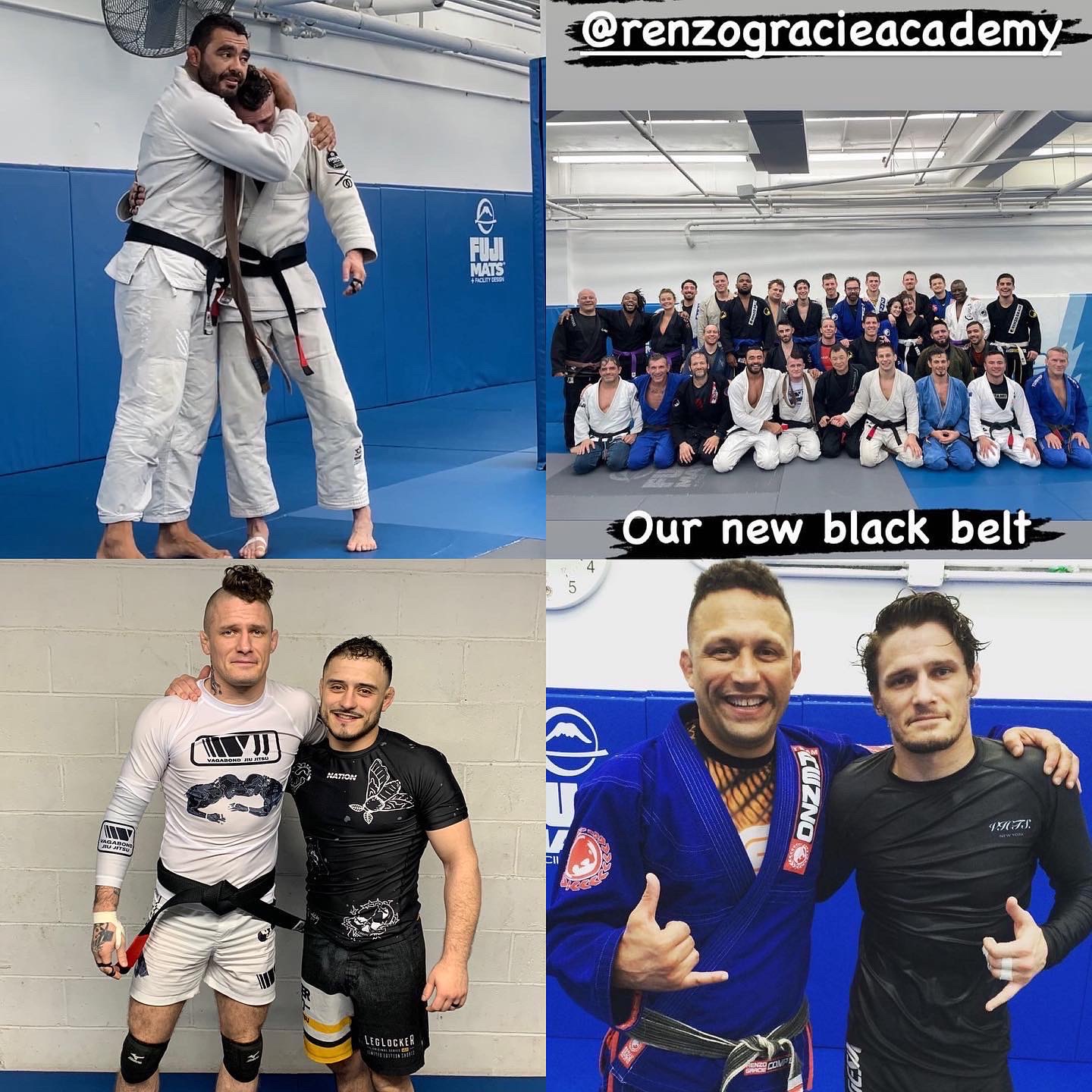Particularly in the lower weight classes, the majority of competitors pull guard. Its as you approach lightweight (Lucas Lepri's roost) that you begin to see guys fight for top position (from largely static tie-up positions and neutral grips - but that is a topic for another day), at any rate, knowing opponents wish to pull, and don't really want to take you down but simply avoid conceding points as they make contact long enough to pull, what does this predictably present us at the start of a match and/or any out of bounds upon which we are reset to standing?
I actually hit/scored the 3rd version shown in the clip below my first match back this year after sitting out most of 2019 due to knee surgery, so, with drilling, and sensible analysis of what our opponents will present to us, new skills can be implement even after a long lay off away from competition.
Considerations about their desire to pull guard and posture tell us ---
The low squat places their weight over their feet, costing them mobility.
The head position over their feet, or even worse, leaned far past their hips/belt also makes this lead leg even heavier (and an easier target).
I actually hit/scored the 3rd version shown in the clip below my first match back this year after sitting out most of 2019 due to knee surgery, so, with drilling, and sensible analysis of what our opponents will present to us, new skills can be implement even after a long lay off away from competition.
Considerations about their desire to pull guard and posture tell us ---
The low squat places their weight over their feet, costing them mobility.
The head position over their feet, or even worse, leaned far past their hips/belt also makes this lead leg even heavier (and an easier target).

No comments:
Post a Comment